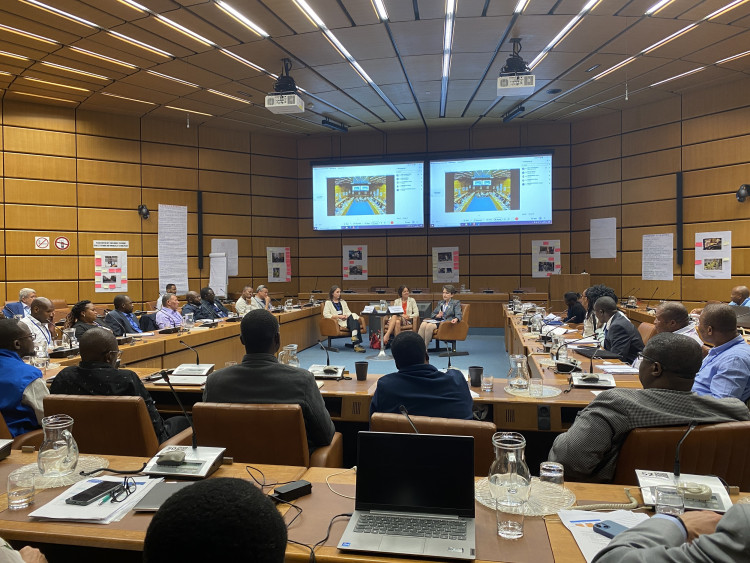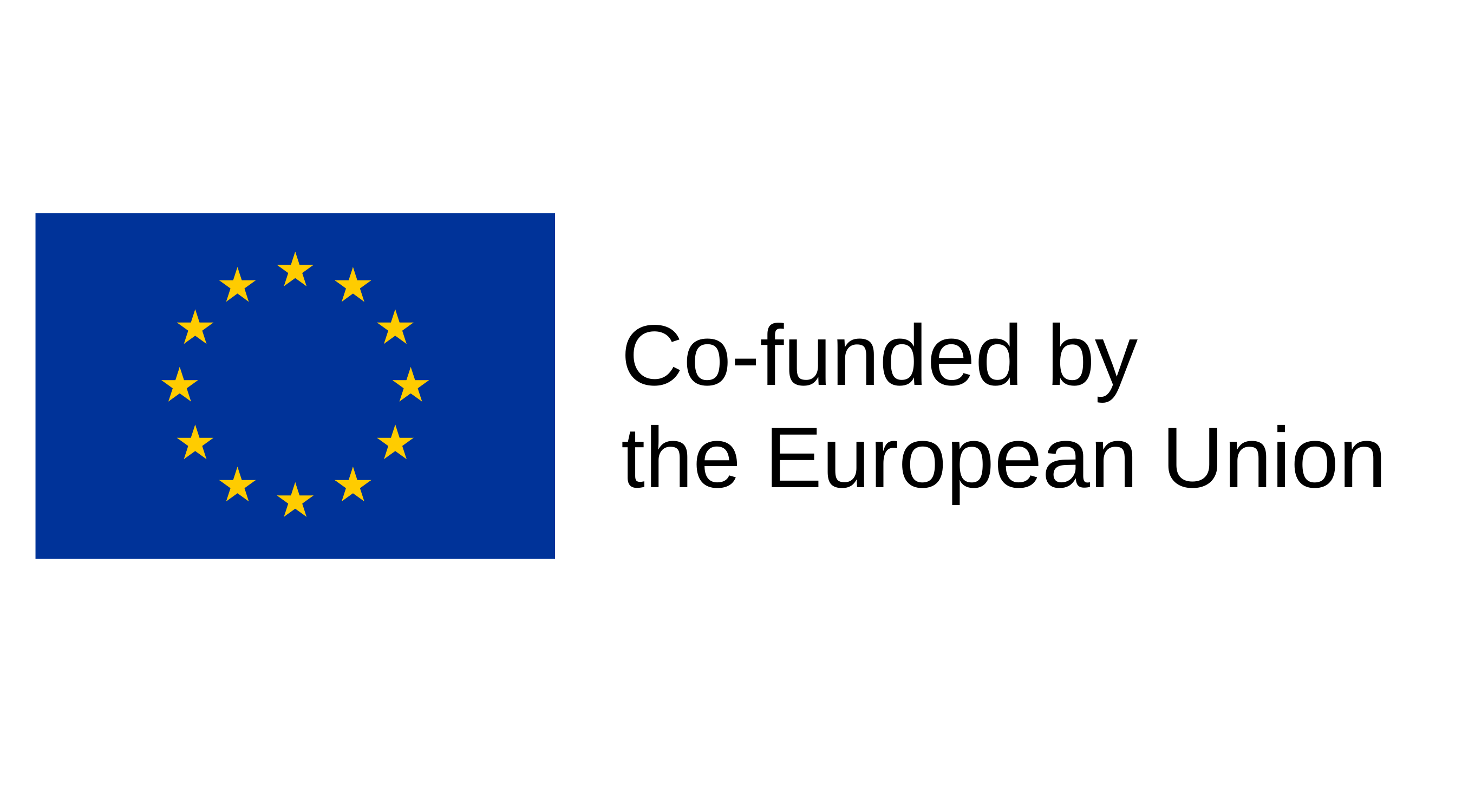Participants at an IAEA School on Nuclear and Radiological Leadership for Safety learned about a range of aspects of nuclear safety during a two week course that concluded today. The topics included: developing leadership for safety at individual and organizational levels; systemic approaches to nuclear safety; internal and external communication strategies relating to safety at nuclear facilities; and the importance of a robust safety culture. This school was the second to be hosted in Nice, France, with the first pilot School, held six years ago, hosted at the Universite Cote d’Azur, (UCA).
“Nuclear professionals who attend the school learn through a variety of methods including presentations, briefings, individual study, in-class group work and discussions. They are guided by leaders in the field to pursue goals, strategies, and plans, with an individual commitment to the protection of people and the environment from harmful effects of ionizing radiation. The school is in high demand from the Member States,” said Shahid Mallick, the Director of the IAEA Office of Safety and Security Coordination.
A total of 22 participants from Brazil, Canada, Estonia, India, Indonesia, Kenia, Madagascar, Malawi, Malaysia, Philippines, Portugal, Saudi Arabia, Slovenia, South Africa, Spain, Thailand, Ukraine and Zimbabwe engaged and interacted on various aspects of nuclear safety. They took part in lectures and group work. The School created the opportunity for participants to analyse case studies based on real life scenarios, such as unintentional medical exposure to radiation, a nuclear power plant outage, leaks of radioactive materials into the environment and the effective establishment of a regulatory body.
Among those attending the School were nuclear power plant operators, professionals involved in creating a country’s first nuclear power programme, as well as professionals using nuclear technology for medical applications, regulators, safety assessors and psychologists.
“This experience has been incredibly positive. The dedication and effort put forth by the mentors are truly commendable,” said Petro Zybin, Head of Safety Analysis Service of the Ukrainian Nuclear Energy Generating Company (Energoatom). “They go above and beyond to ensure that the participants will receive high-quality training and be well-prepared for their roles in this critical field. One aspect that particularly stands out to me is the approach to delivering the programme, encouraging active participation and a collaborative learning environment. This hands-on approach helps me understand and apply the knowledge gained effectively.”
The IAEA School of Nuclear and Radiological Leadership for Safety was developed to support the practical implementation of the safety requirements contained in the IAEA Safety Standards Series No. GSR Part 2. These requirements are reflected in the theoretical and practical demonstrations conducted during the School. For example, a selected group of accident scenarios in the nuclear and radiological field were used for group guided discussion on the safety-first principle in the event of any nuclear or radiological incident.
Marcos De Toro Fernandez, an expert on radioactive waste management at the Spanish Nuclear Safety Council (CSN) said: “This School was a great opportunity to learn about leadership and management for safety through the analysis of several cases and scenarios. I will certainly apply and share this knowledge with my colleagues in order to foster safety culture in our organization and at Spanish nuclear power plants.”
This experience has been incredibly positive. The dedication and effort put forth by the mentors are truly commendable








